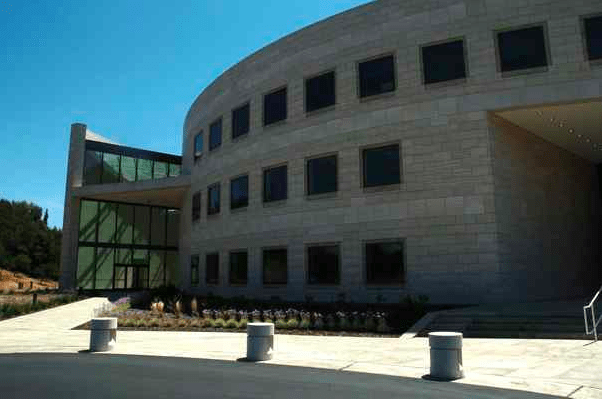April 6, 2018
By Richard Halstead, Marin Independent Journal
A cancer study whose researchers included scientists at the Buck Institute for Research on Aging concluded with a flurry of scientific papers this week that point to new avenues for cancer treatment.
Different types of cancer have typically been classified by their origin in the body — think breast cancer, ovarian cancer, lung cancer and so on. But researchers working on a project called Cancer Genome Atlas began to notice molecular similarities between cancers found in different parts of the body.
“We began to question whether maybe cancers shouldn’t be classified just by the anatomic site from which they arose but maybe more by their molecular features,” said Christopher Benz, professor of cancer and developmental therapeutics at the Buck Institute and a clinical oncologist at University of California, San Francisco.
In 2005, the National Institutes of Health funded the Cancer Genome Atlas project to catalogue genetic mutations responsible for cancer. Several hundred researchers around the world painstakingly analyzed the DNA, RNA and protein from 33 tumor types from more than 10,000 patients. The Buck Institute in Novato and the University of California, Santa Cruz partnered to create one of seven Genome Data Analysis Centers, where genetic material from cancers was analyzed.
Benz has been involved in the Genome Atlas project since its inception.
The Genome Atlas project concluded Friday with the publication of 27 studies in the scientific journals: Cell, Cancer Cell, Cell Report and Immunity. Benz is a senior co-author on several of the papers.
The papers, which as an aggregate have been dubbed the Pan-Cancer Atlas, re-classify the 33 tumor types, which were based on their anatomic site of origin, into 28 different molecular types, or “clusters.”
“One cluster of the 28 was actually composed of cancers from 25 anatomic sites,” Benz said.
In fact, Benz said nearly two-thirds of these molecular types or clusters match with cancer tissue from multiple locations in the body. This discovery could have significance for treating cancer.
“Insights about how one type of cancer relates to another form of the disease can have real clinical implications. In some cases, we can borrow clinical practices from better-known diseases and apply them to cancers for which treatment options are less well defined.”
– Josh Stuart, Baskin Professor of Biomolecular Engineering at UC Santa Cruz and an organizer of the Pan-Cancer initiative.
[ Read More ]
